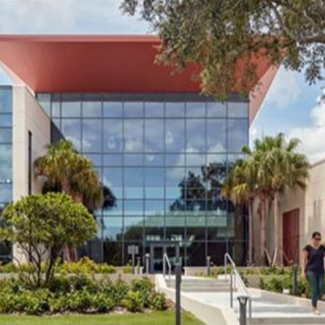Adventures in Hygrothermal Modeling
Unlock the secrets of climate-specific, resilient design with hygrothermal modeling—a powerful, data-driven approach that replaces guesswork with precise analysis for smarter building envelope decisions.

About the live course
Hygrothermal modeling, the analysis of heat and moisture transport through building enclosure assemblies, reveals many of the climate-specific building science secrets that are key to durable design of walls and roofs and other assemblies. Debunking rules of thumb and avoiding answers of “it depends," data and analysis can reveal exactly how many inches of a certain insulation are required, exactly what perm-rating will optimize an assembly, and what kind of havoc a reservoir cladding system can create. Case studies will be shown that demonstrate when perm rating matters and when it does not, the impact of roof membrane color and the risks of “cool roofing,” and when HT (high-temp) rated membranes are actually required. This presentation’s ulterior motive is to convince the audience that every architecture firm should be doing in-house hygrothermal modeling as an integral component of climate-specific, durable, and resilient design.
- Identify climate-specific design strategies for durable construction using hygrothermal modeling.
- Describe common mistakes in building enclosure design that can lead to moisture-related issues such as mold, rot, and corrosion.
- Explain how hygrothermal modeling can be utilized within the architectural design process to ensure building durability and improve indoor air quality.
- Discuss the impact of material properties (permeability, heat capacity, density, conductivity, and porosity) on the hygrothermal performance of wall assemblies.
Presented in partnership with the Building Performance Knowledge Community (BPKC).



